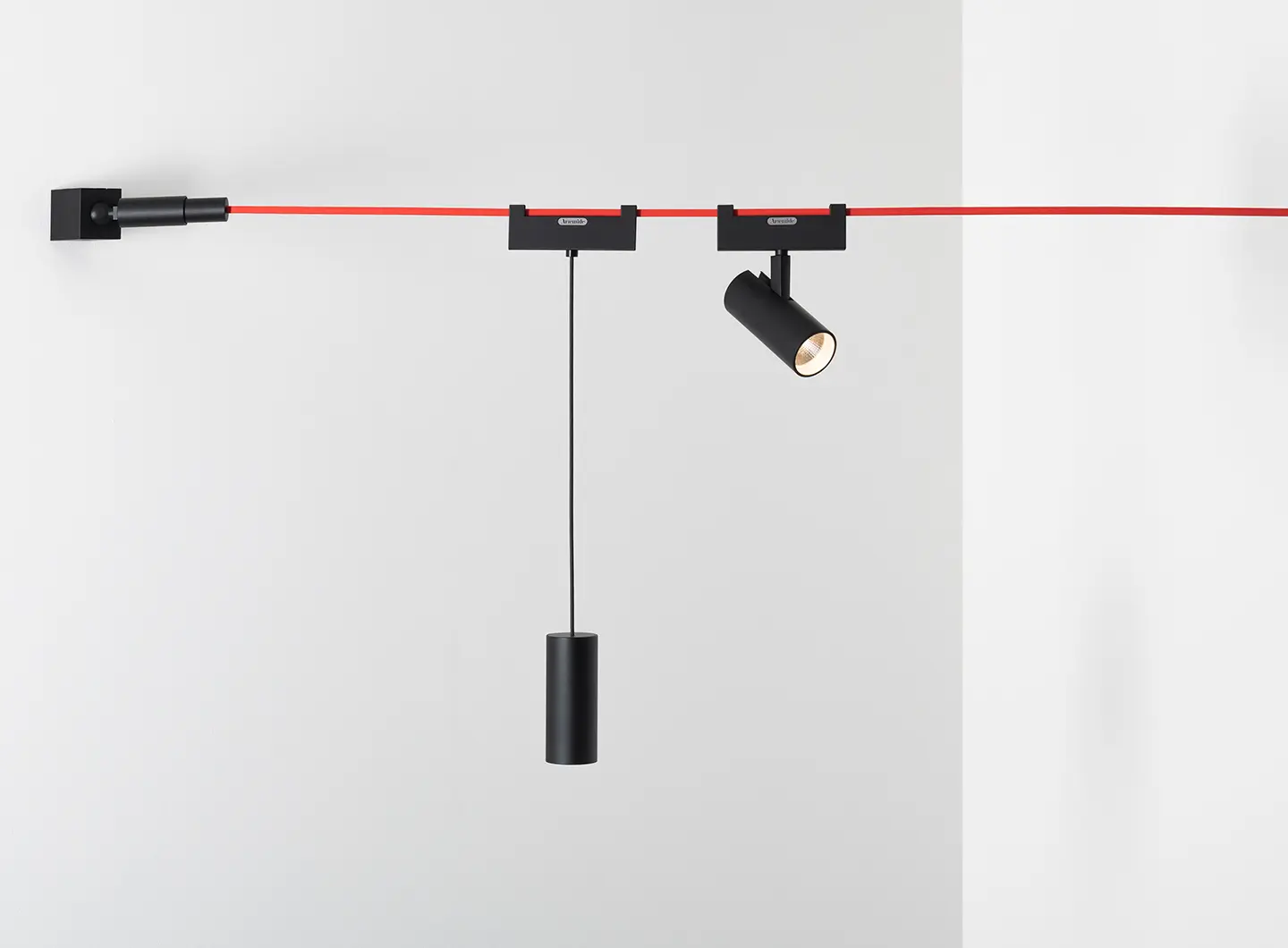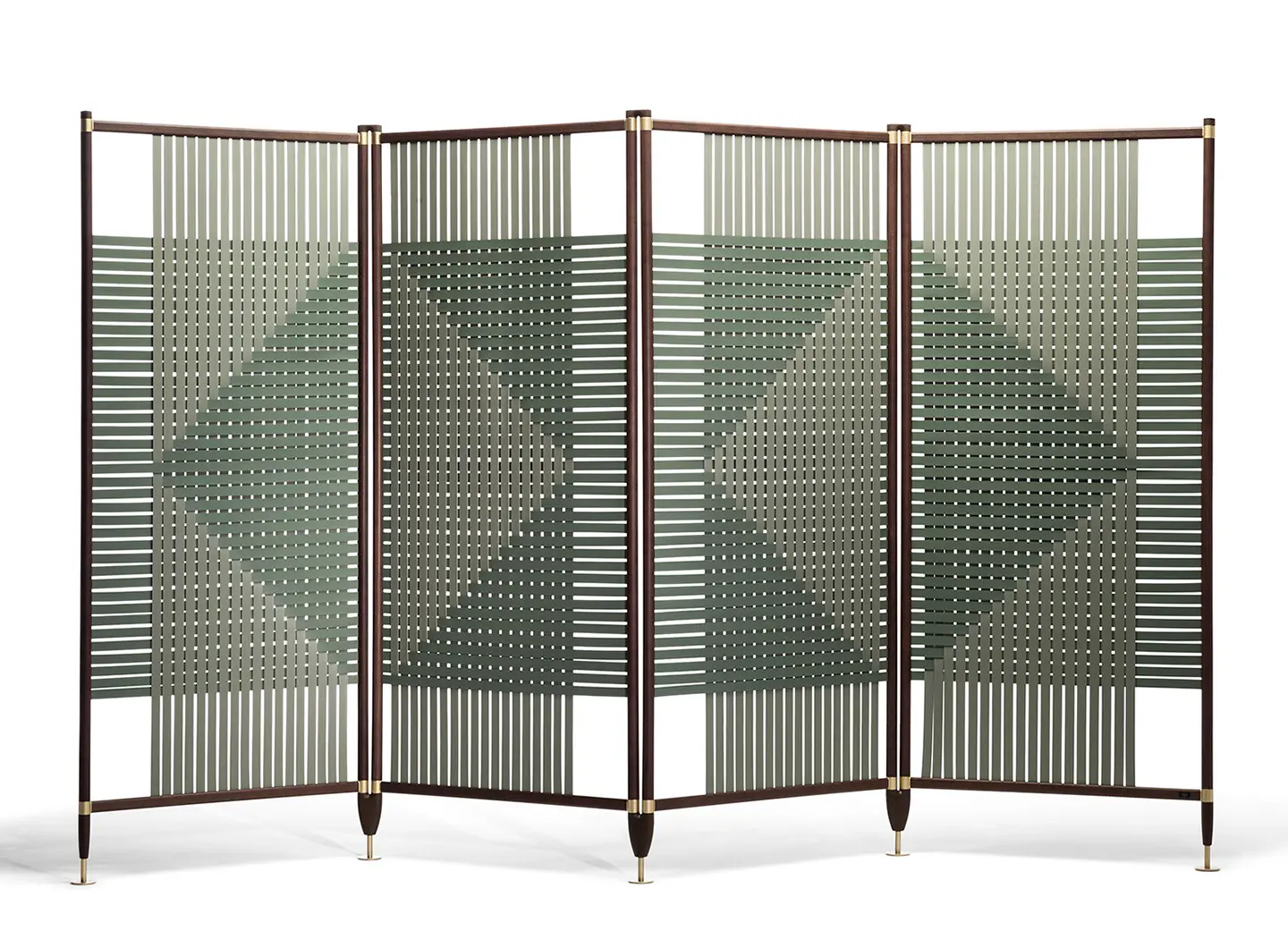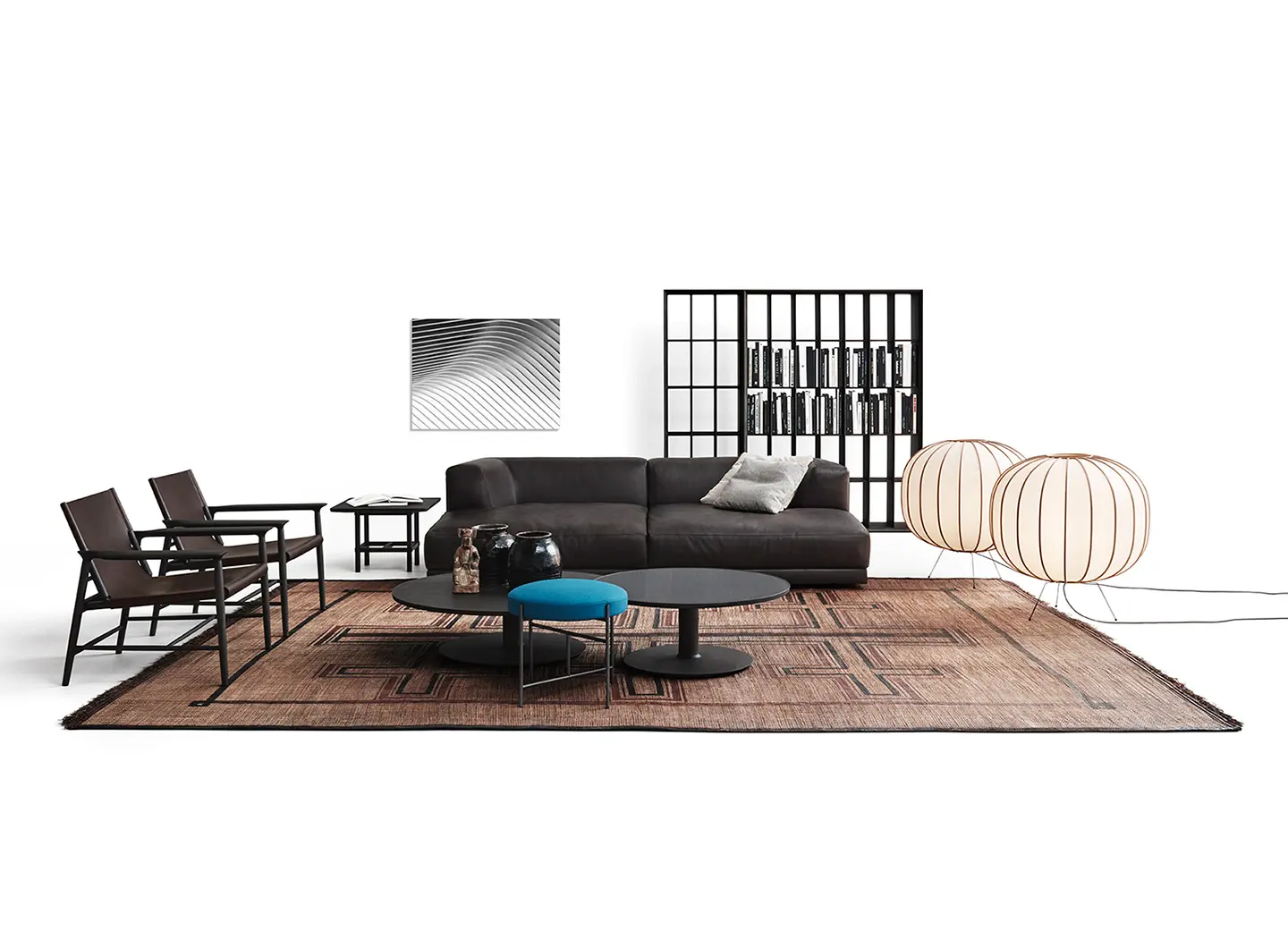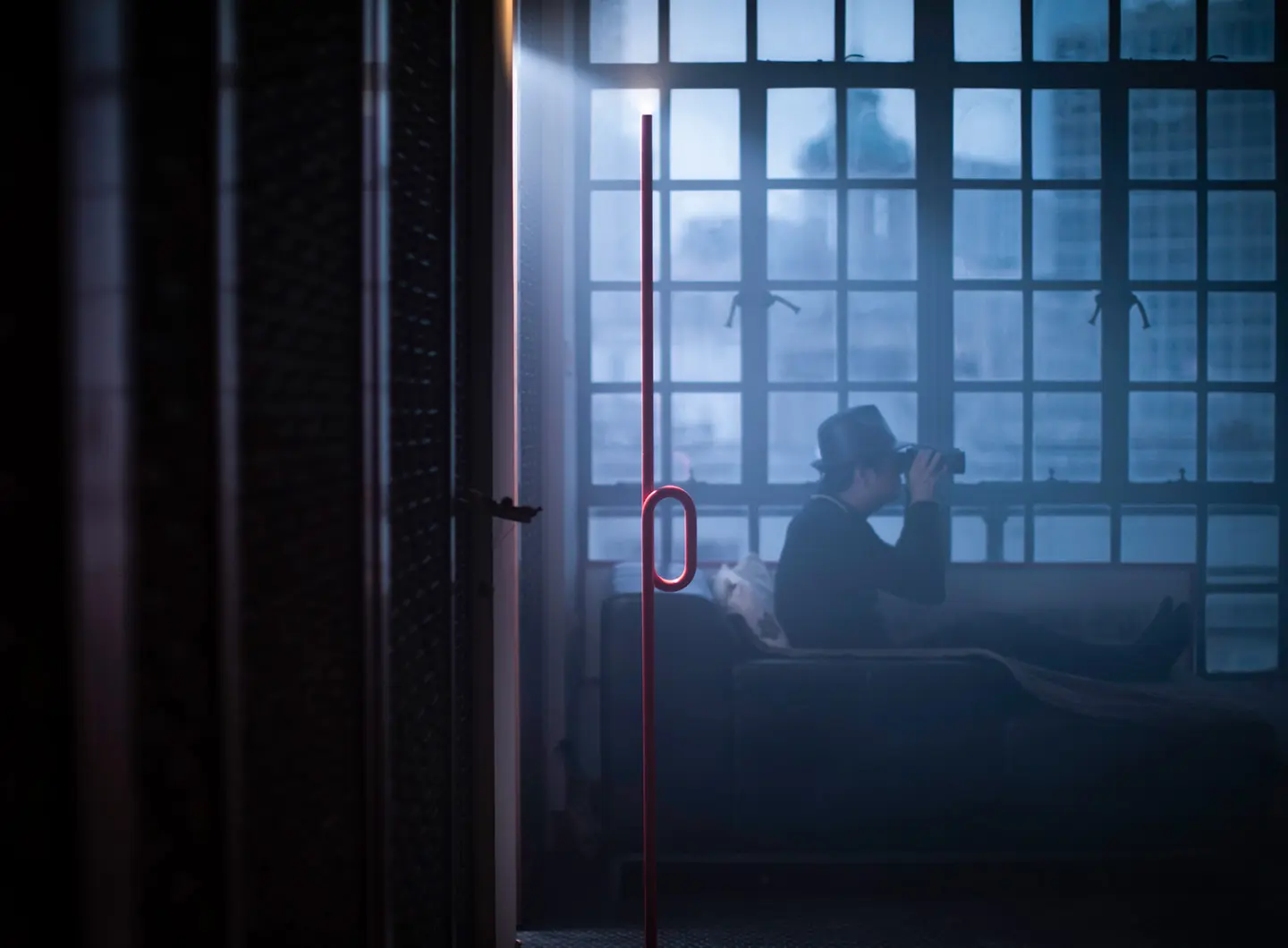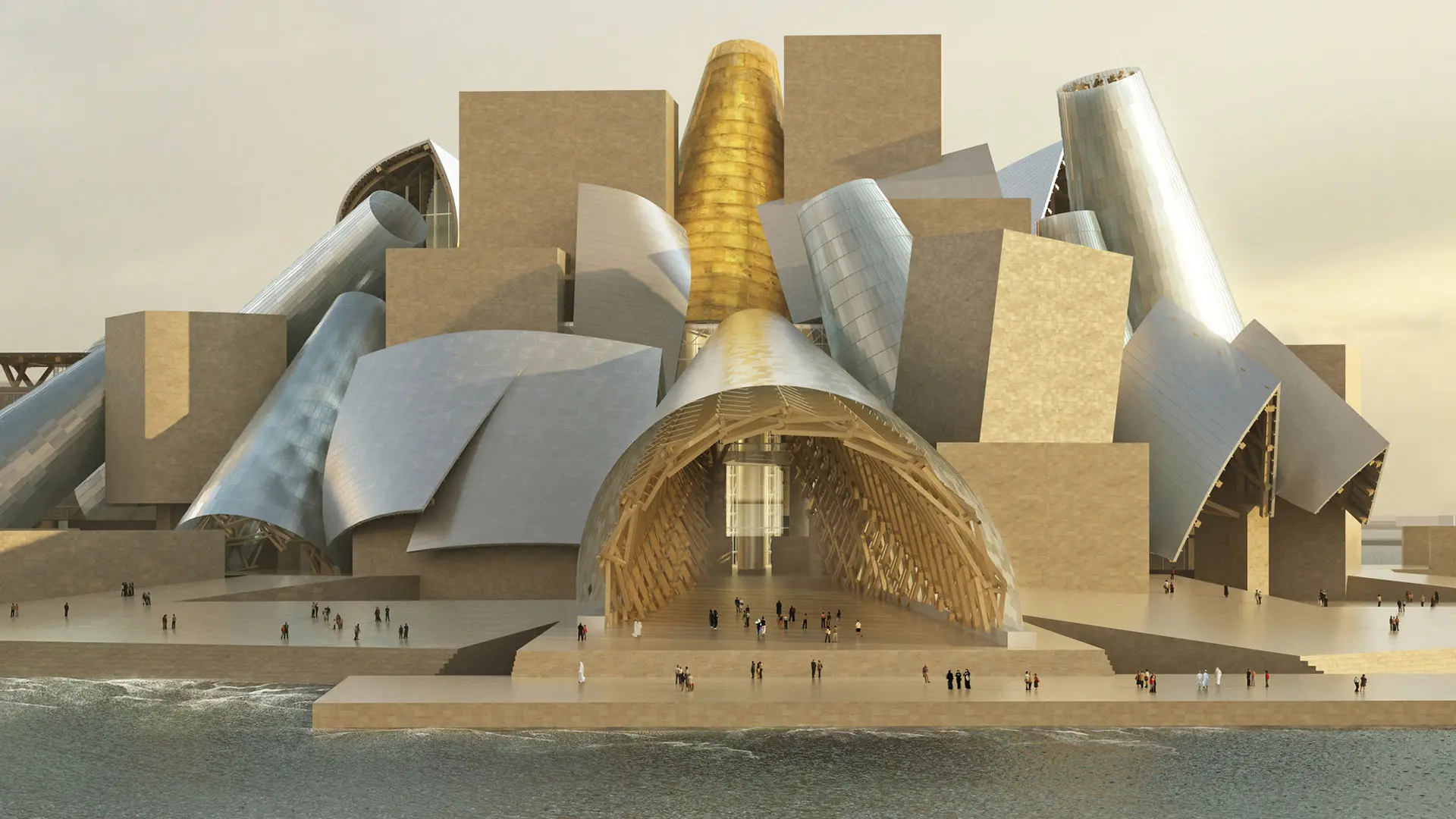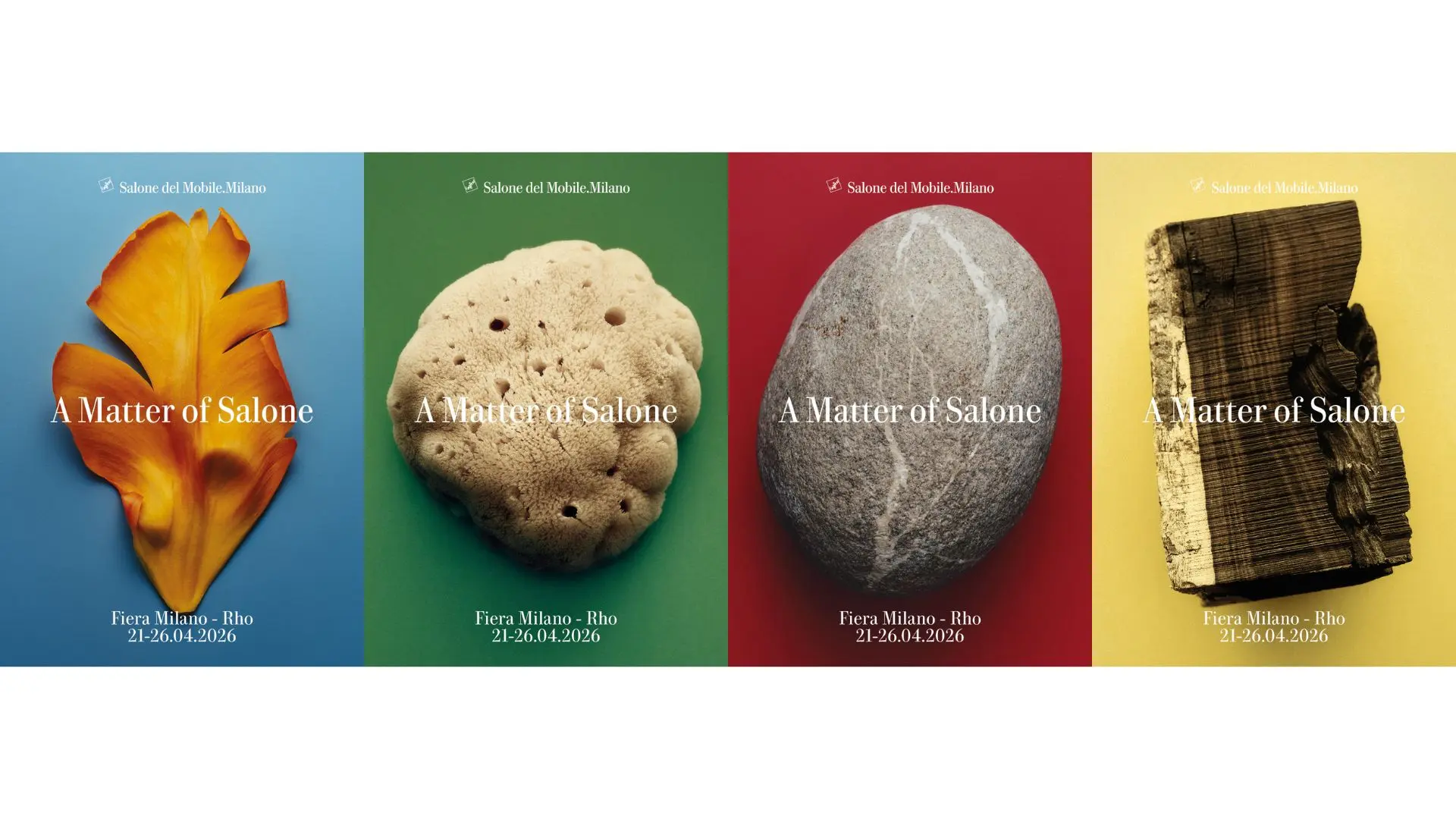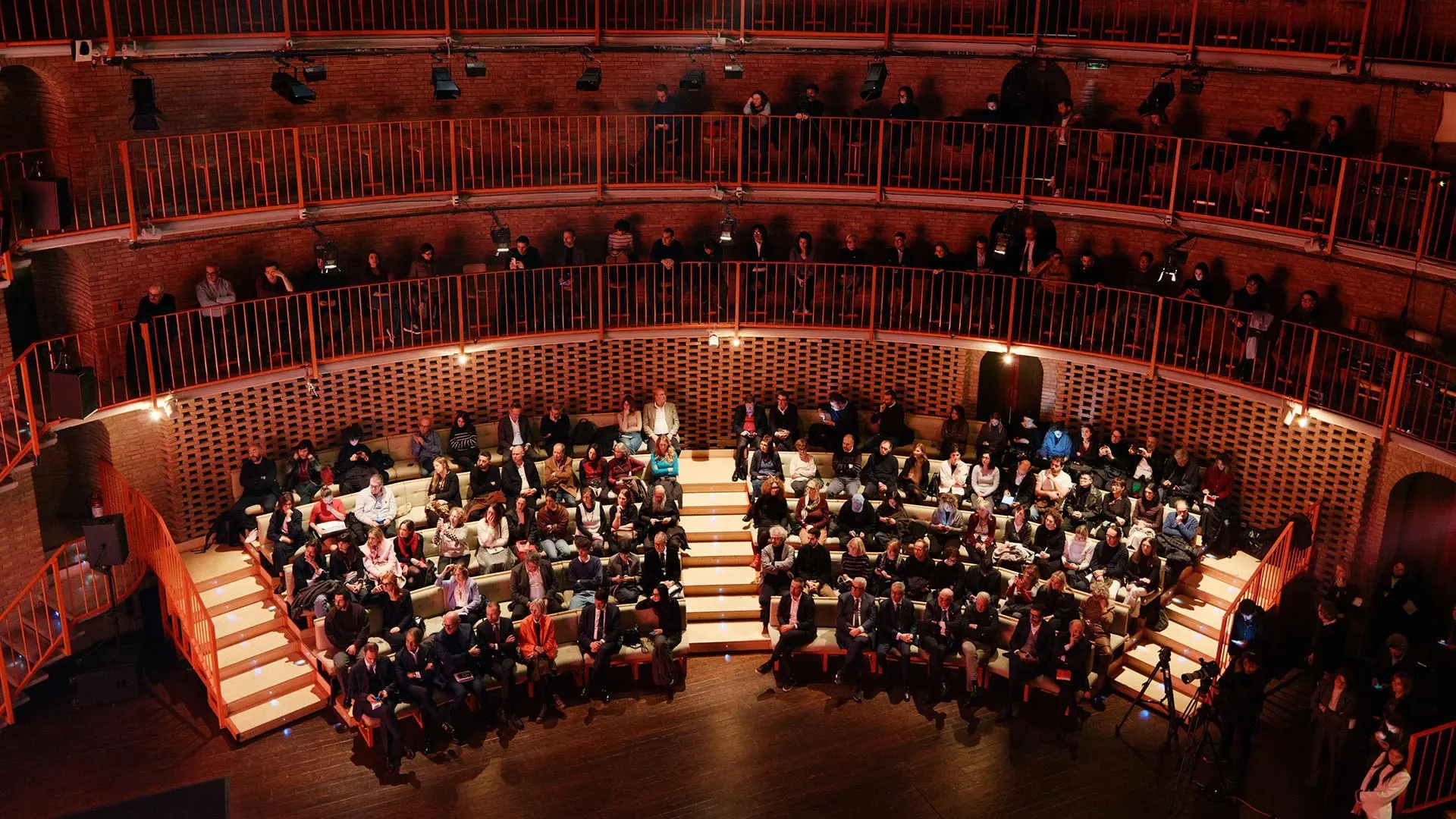From BIG to David Chipperfield, Frank Gehry to Snøhetta: a world tour of the best buildings set to open in 2026
An exercise in synthesis: when design becomes light
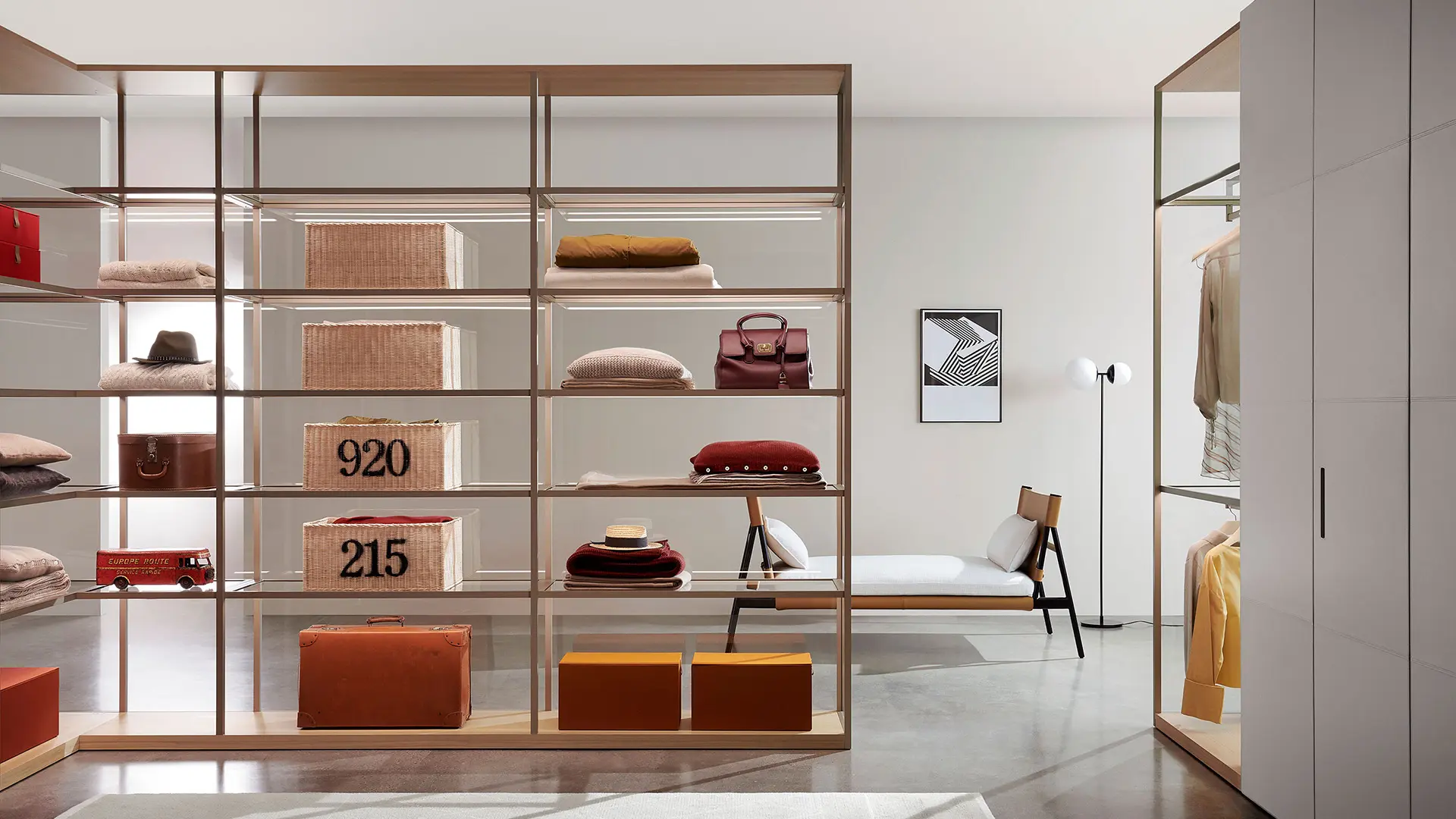
Aside from the hackneyed diktat “less is more,” there’s a ‘light’ sort of design that doesn’t rely on addition but on subtraction, that doesn’t dumb down the concept but sits high on the crossroads of research and experimentation, where lightness is the outcome of a new balance of style, form and material.
It’s never trendy (catwalks aside). Iconic, certainly, but only intermittently. Because functionality and ease, ergonomics and organicity come higher up the pecking order, as well as – these days - sustainability and versatility. Even decor takes precedence, in terms of user demand. Lightness is rather like the Cinderella of furniture design. Perhaps because it does not emerge untainted from our universe of values – there’s its association with frivolity, superficiality and banality – or it could be because it’s a very difficult thing to achieve – how many good decluttering intentions have been scuppered by it? Or again, perhaps it’s because designing complex forms is regarded as more creative and brilliant.
Taking us back to the true sense of the word, a phalanx of thinkers, writers and artists, from Parmenides and Cicero, by way of Marc Chagall, Paul Valéry and Leonardo Sciascia, to Italo Calvino and Milan Kundera, remind us that lightness passes for subtraction, it is not a renunciation but a focus, synthesis, clarification and definition. Not to mention soul and poetry.

Tessa by Antonio Citterio for Flexform
Clearly this is a lesson that the masters of design have taken on board, if Thonet No. 14, Franco Albini’s Veliero, Le Corbusier’s Chaise Longue LC4, Pierre Janneret and Charlotte Perriand, Gio Ponti’s Superleggera, Nisse and Kajsa Strinning’s String System, and Parentesi by Achille Castiglioni and Pio Manzù are anything to go by.
More recently lightness has been assimilated into a universal language, at both structural and aesthetic level, bringing together designers who eschew an abundance of narration in favour of a minimalist approach that does not signify a lack of values and ideas, but a concentration of expressivity in minimal form. These designers aren’t interested in decoration as a superficial element, but in beauty in its own right, pure and never ostentatious, details that elevate and transform the apparent fragility of a furnishing into a thing of wonder. They include Michael Anastassiades, Francisco Gomez Paz, Oki Sato, FormaFantasma, Ronan and Erwan Bouroullec, and Francesco Meda.
A great many new projects seem to be fuelled by lightness, underscoring the fact that an almost ephemeral, albeit essential style is more fundamental than ever to our lives. This is exemplified by Marco Lavit’s Lemni chair for Living Divani: a suspended leather seat balanced on a metal frame, it traces a gentle outline in the air. Part furnishing, part sculpture, it expresses a desire to rid oneself of superfluous weight in a graphic vitality also seen in the Bouroullec Brothers’ Rope Chair for Artek – a line drawn and translated into three dimensions, a simple artistic gesture that comes alive in the space.
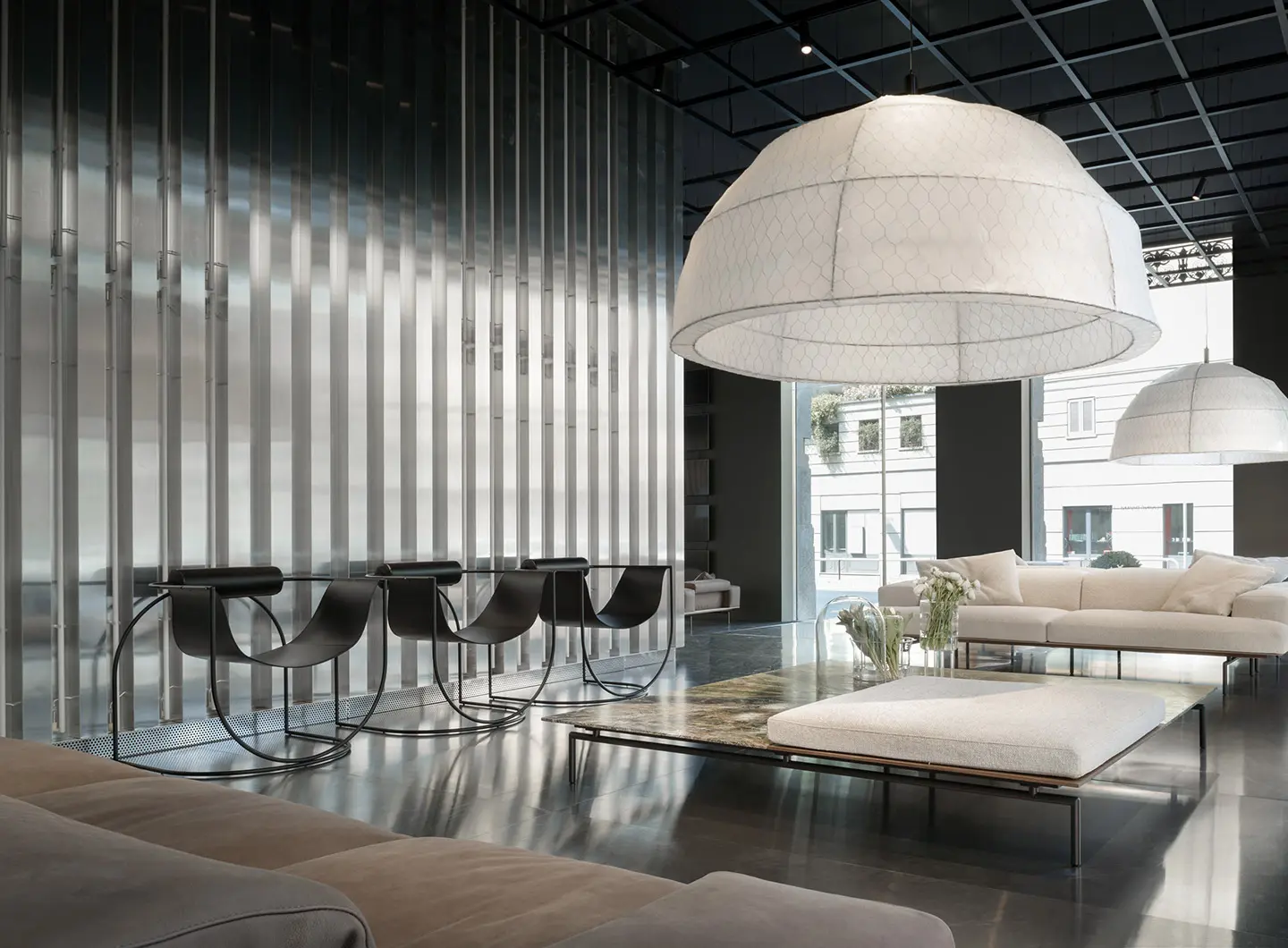
Lemni by Marco Lavit for Living Divani
Hiroi, the small armchair born of the collaboration between two emerging Eastern European designers, Matěj Janský & Cyril Dunděra, for Cappellini is light too. By employing simple materials such as wood and leather, absolute visual purity has been conferred on the object, veiling the great productive skill. The same mood is echoed by Antonio Citterio’s Tessa armchair for Flexform: its apparent simplicity aside, every detail of its construction suggests huge complexity of design, fuelled by the brand’s expert craftsmanship.
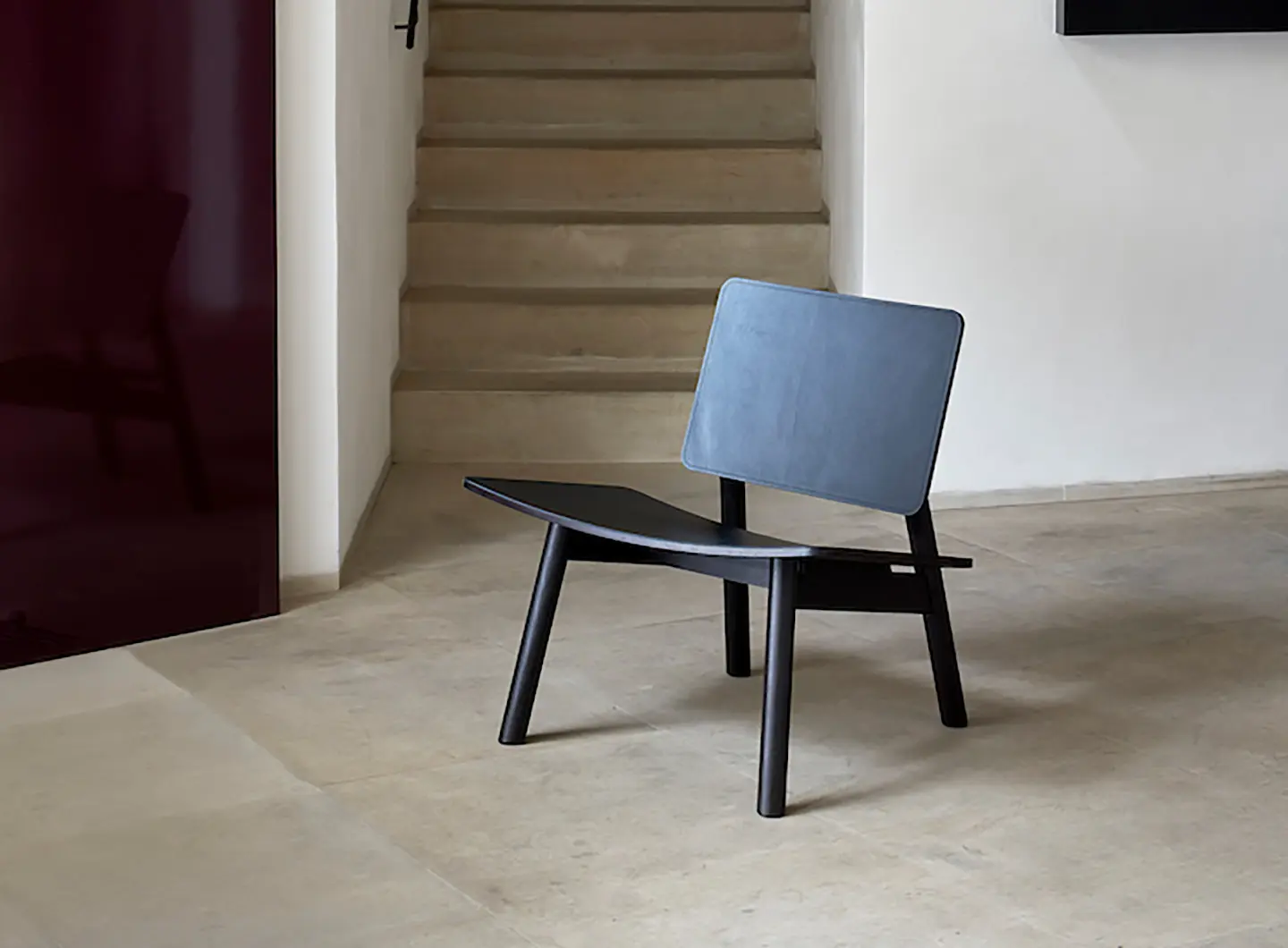
Hiroi by Matěj Janský & Cyril Dunděra for Cappellini
Harmony is in Ritzwell’s DNA and you can actually reach out and touch it in the MT Table by Shinsaku Miyamoto: the essential elegance of this dining table is achieved by the balance between its ample solid wood table top and its slender metal legs. Half a Square by Michael Anastassiades for Molteni&C. achieves the same effect through an entirely different approach: the powerfully minimalist and geometric design is offset by a wealth of materials – marble, glass and eucalyptus wood.
GamFratesis's Plot collection for Poltrona Frau also has a twin soul – conceptual minimalism and material wealth – the structure of these modular room dividers is deliberately sober, but their woven leather design betrays their huge personality and poetic intensity. Wave by Lanzavecchia + Wai for DeCastelli bestows a new lightness on entry areas with its essential shapes and slow, sinuous movement, reinterpreting an Asian archetype, the shoebench, which has shrugged off its lowly status as a simple shoe rack to become an elegant, welcoming element.


 Stories
Stories
